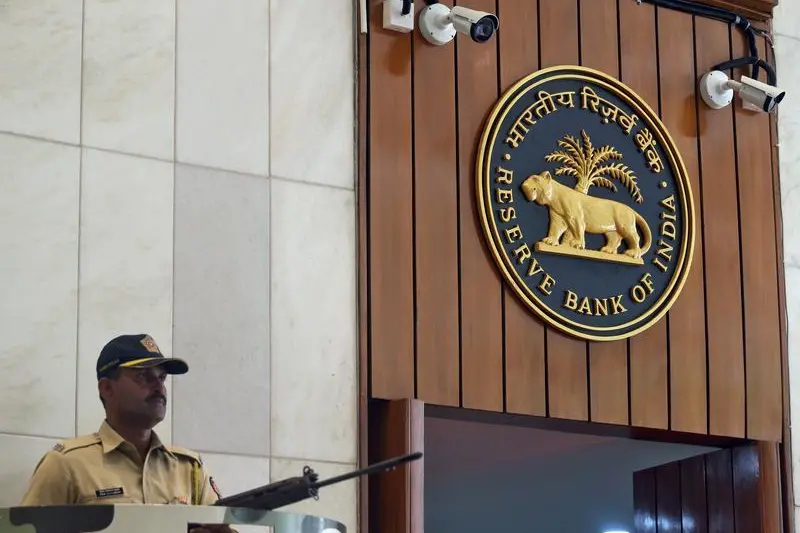PHOTO
MUMBAI - India's central bank will likely keep interest rates at record lows this week as it assesses the economic fallout of the country's evolving COVID-19 crisis, but the monetary authority is expected to reiterate its commitment on liquidity.
The Reserve Bank of India's (RBI) monetary policy committee (MPC) will likely keep the key lending rate or the repo rate unchanged at 4% for a sixth straight meeting when it announces its decision after a three-day meeting on Friday.
All 51 economists polled by Reuters expected the MPC to hold rates as Asia's third-largest economy grapples with various state lockdowns.
The RBI has repeatedly said it will ensure there is adequate rupee liquidity in the financial system to help the economy's productive sectors and the government's massive borrowing program, and economists expected it to reiterate that message.
"The policy outcomes are no longer just a statement of rate action but much more," said Anand Nevatia, fund manager at Trust Mutual Fund.
"While markets will be expecting reassurance on liquidity and awaiting the quantum of GSAP (government securities acquisition programme) for next quarter, one should not be surprised if Governor (Shaktikanta) Das announces yet another innovative tool," he added.
India's central bank unveiled fresh measures in May to help lenders tide over mounting bad loans and give some borrowers more time to repay their debts, as surging COVID-19 infections triggered strict lockdowns in several states.
The RBI in April committed to buying 1 trillion rupees ($13.71 billion) worth of government bonds from the market between April and May in a quantitative easing program it called G-SAP 1.0.
Traders will look to see whether the central bank will announce potentially more aggressive bond purchases under a GSAP 2.0 programme on Friday, and are also eyeing any revisions to growth and inflation forecasts.
Market expectations for larger bond-buying are high after the government recently increased its borrowing for this year.
The government said last week it was going to borrow an additional 1.58 trillion rupees, over and above its massive 12.06 trillion scheduled borrowing for 2021/22, in order to compensate state governments for a shortfall in tax revenues.
India's annual economic growth rate picked up in January-March compared with the previous three months, but economists are increasingly pessimistic about the June quarter after a huge second wave of COVID-19 infections hit the country last month.
"While the central bank will look to maintain adequate system liquidity, managing the increased supply of sovereign bonds will be a tightrope walk," Nevatia said. ($1 = 72.9270 Indian rupees)
(Reporting by Swati Bhat; Editing by Ana Nicolaci da Costa) ((swati.bhat@thomsonreuters.com; twitter.com/swatibhat22; +91-22-68414381; Reuters Messaging: swati.bhat.thomsonreuters.com@reuters.net))












